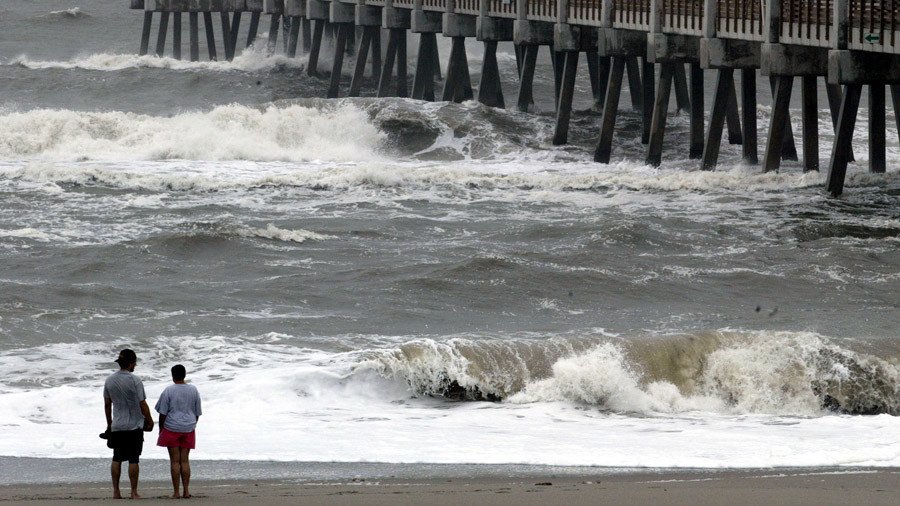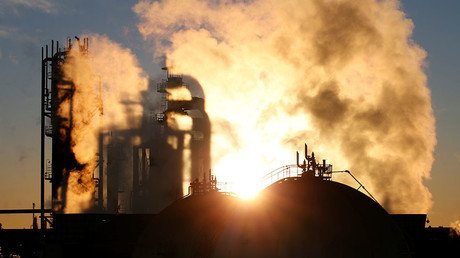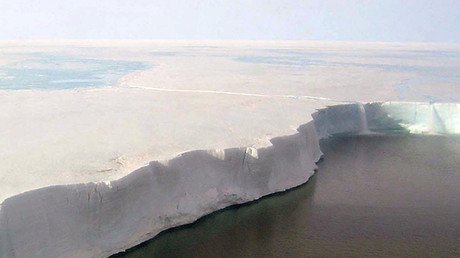Rising sea levels could submerge 13,000 US historical sites by end of century – study

More than 13,000 archaeological sites in the southeastern United States could be submerged by rising sea levels by the year 2100, a new study says. The researchers warned that sea level changes could be “far greater” and occur “far faster” than predicted.
The study, led by archaeology Professor David Anderson of the University of Tennessee, analyzed data from the Digital Index of North American Archaeology (DINAA). The index aggregates historical and archaeological data sets which have been developed over the past century from various sources.
The researchers combined data on the elevation of archaeological and historical sites along the Atlantic and Gulf of Mexico coasts with sea-level rise predictions as a result of climate change. They found that one in 10 archaeological sites that were analyzed on the coasts of nine southeastern states – Florida, Georgia, Alabama, South Carolina, North Carolina, Virginia, Maryland, Mississippi, Louisiana – risk being submerged. Archeological sites, buildings, cemeteries, and cultural landscapes are all at risk, Anderson said, according to a press release by the journal Plos One, which published the study on Wednesday.
“A 1-meter rise in sea-level will result in the loss of over 13,000 recorded historic and prehistoric archaeological sites, as well as over 1,000 locations currently eligible for inclusion on the National Register of Historic Places (NRHP),” the authors wrote in the study. They added that those numbers “increase substantially” with each additional 1-meter rise, noting that more than 32,000 archaeological sites and 2,400 NRHP properties would be lost if a 5-meter sea-level rise were to occur.
The authors called the data “sobering,” noting that “projected sea-level rise...will result in the loss of a substantial portion of the record of both pre-Columbian and historic period human habitation.” They added that there are “serious concerns over the threat of global climate change to the archaeological and historic record.”
Speaking to the Thomson Reuters Foundation by phone, Anderson stressed that “the record of human occupation of coastal regions goes back thousands of years and we stand to lose a lot of that.” The authors said that “consideration may have to be given to relocating or constructing protective barriers” for monuments, specifically mentioning the Castillo de San Marcos and Ft. Matanzas in St. Augustine, Florida, both of which date back to the 17th century.
The authors warned that “changes in sea level may be far greater and occur far faster than currently predicted.” They stated that “delay in thinking about these matters and in seeking solutions accomplishes nothing.”
Humankind has witnessed comparable periods of “dramatic climate change in the past,” and that understanding how those periods were responded to can “provide valuable lessons, and hope, for the future.”














